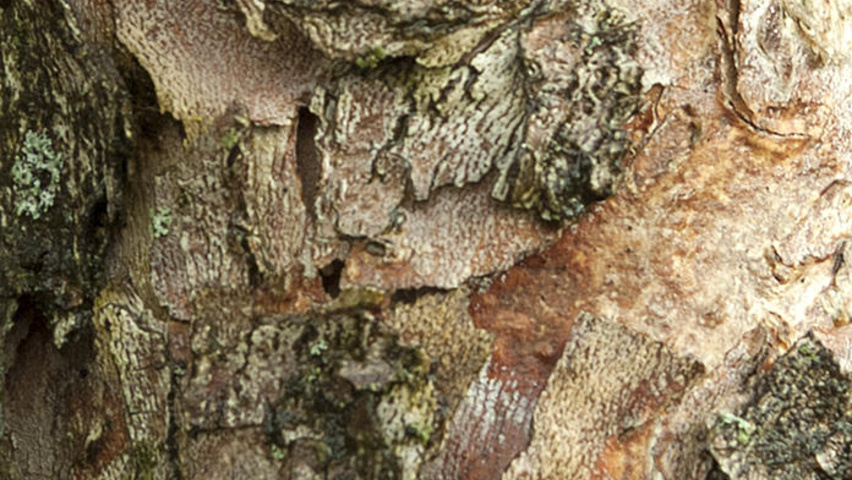

Even established trees will benefit from watering during hot, dry spells. Dogwoods have shallow roots, and none of the dogwoods tolerate drought.
#Images of cornus mas bark full#
Both the kousa and the Cornelian cherry do well in full sun or partial shade, and are more sun tolerant than the flowering or the pagoda dogwoods. The flowering dogwood and pagoda dogwood prefer partial shade, especially shade in the hot afternoon. The bark is dark gray to reddish brown and becomes scaly and exfoliating as the tree matures.ĭogwoods prefer moist, well-drained, acidic (5.5 to 6.0 pH) soil that is high in organic matter. Fall leaf color is often poor, ranging from dull green to purplish red.

Although sour tasting fresh off the plant, fruits are edible and often abundant and may be used for making syrups, preserves, and pies. As kousa dogwood matures, the lower bark peels and creates a unique pattern similar to sycamore tree bark.Ĭornelian cherry dogwood: Medium to large-sized fruits mature to cherry red in mid-summer. Fall leaf color varies from purple to red to yellow. The fruits are edible, although somewhat mealy. Kousa dogwood: Showy, pinkish-red to red fruits resembling raspberries appear in September and October. The bark is smooth, dark green, and streaky eventually turning light brown with narrow fissures. In fall, the foliage becomes a mix of yellow and maroon. The fruit stalks remain and turn an attractive red. Pagoda dogwood: Black-blue droops appear in July and August. The dark, reddish-brown bark is rough and deeply checkered, making it an effective marker for tree identification. Fall leaf color is red to reddish-purple, although trees sited in full shade may have poor fall color. Cornelian cherry tends to be multi-stemmed and is formed more like a shrub than a tree.Ĭornus florida Photo: Ram Man, Creative Commonsįlowering dogwood: Maturing in late summer to early fall, the bright red fruits are loved by birds and wildlife. One of the most appealing features of many dogwoods is the graceful beauty of their tiered, horizontal branching, especially true of the flowering dogwood and the kousa dogwood when they are sited in shade. The kousa dogwood and pagoda dogwood flower after the leaves appear. Flowers are borne in tiny clusters close to the naked stems.īoth the flowering and Cornelian cherry dogwoods flower before the leaves appear. The small yellow flowers of the Cornelian cherry appear very early in spring, sometimes before forsythia, and often remain long into spring. Pagoda dogwood lacks the showy bracts of the flowering dogwood, but has 2″ flat clusters of fragrant, white flowers appearing in May to the beginning of June. The “flowers” may be white, pink or yellow. The true flowers are clustered in the center of these bracts. The “flowers” of the flowering dogwood and kousa dogwood are not actually flowers but bracts, which are modified leaves that look like petals. Each species brings its own value to the landscape. This article will discuss all four species of dogwoods, highlighting similarities, differences, and suitability to different sites.Ĭornus is a genus of about 30–60 species of woody plants in the family Cornaceae, commonly known as dogwoods. alternifolia) are native to North America, in particular, to the eastern U.S. Of these four species, the flowering dogwood ( C. In addition to spring blooms, each species offers colorful berries in the fall, autumn leaf color, and interesting bark in winter. kousa) in May, and the pagoda dogwood ( C. florida) in April, the kousa dogwood ( C. Bloom season is long and beautiful, starting with the Cornelian cherry dogwood ( Cornus mas) in March, flowering dogwood ( C. Spring in Virginia is the season of the dogwood, with flowering dogwood, Cornus florida, serving as both the official state tree and the state flower.


 0 kommentar(er)
0 kommentar(er)
